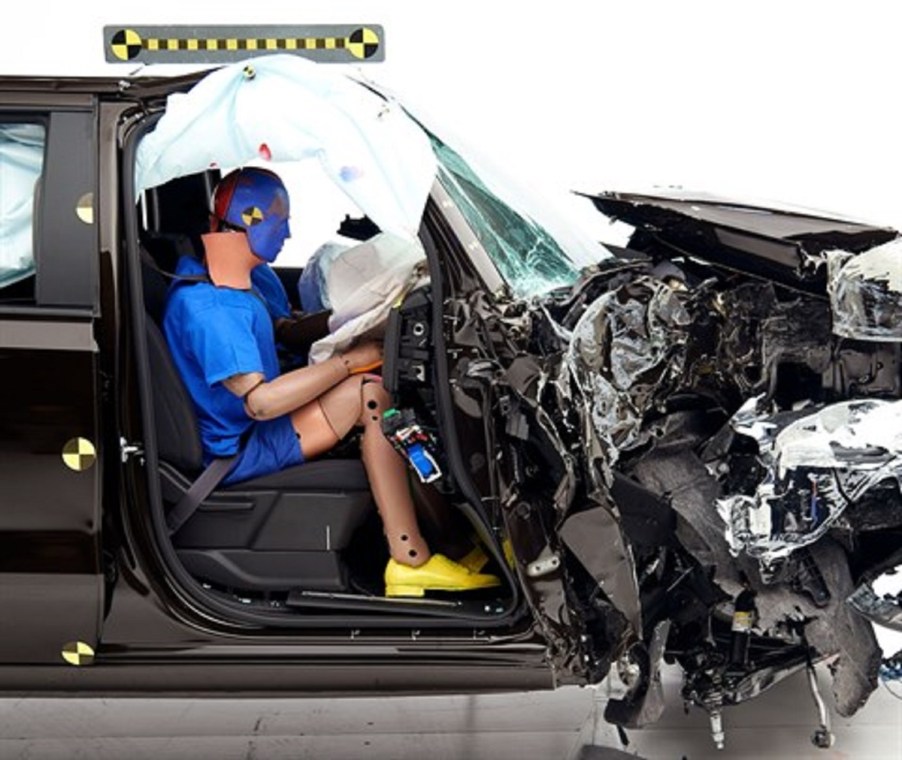
Do Safety Features Really Prevent Accidents?
If you’re a current car shopper, you’re probably hearing a whole lot about which safety features the car you’re looking at comes with, and which are optional. You may be wondering; do I need pedestrian detection? Do safety systems really prevent accidents? The Insurance Institute for Highway Safety has released an infographic detailing just how effective different safety systems are, and the results may surprise you.

What is the IIHS and what does it do?
The Insurance Institute of Highway Safety (IIHS) is a nonprofit organization “dedicated to reducing deaths, injuries and property damage from motor vehicle crashes through research and evaluation and through education of consumers, policymakers and safety professionals.” They test a variety of vehicles each year. They also publish the results of their crash tests so that people can make informed decisions when car shopping.
The IIHS also tracks the effectiveness of safety systems. Along with the Highway Loss Data Institute (HLDI), the IIHS compared rates of police-reported accidents as well as insurance claims for vehicles with safety features and without them. What they found was surprising.
Forward collision warning systems are highly effective
Forward collision warning reduced the likelihood of a front-to-rear collision by 27%, and front-to-rear crashes with injuries by 20%. Notably, it reduced large truck front-to-rear crashes by 44%. Collisions with large trucks often don’t end well for occupants of the smaller vehicle. Safety systems like forward collision warning in bigger vehicles can be life-saving.
When the forward collision warning was combined with autobrake, the results were even better. Front-to-rear crashes were reduced by 50%, and front-to-rear crashes with injuries were reduced by 56%. Large truck front-to-rear crashes were reduced by 41% in trucks with forward collision warning and autobrake.
Rear automatic braking reduces most backing up accidents
Backing crashes (when combined with rearview camera and parking sensors) were reduced by an astonishing 78% with rear automatic braking. Moreover, laim rates for damage to other vehicles were cut down by 28% in vehicles equipped with rear automatic braking. Rearview cameras cut down on 17% of backing crashes, and rear cross-traffic alert helped by reducing them by 22%.
Lane departure warning eliminates 11% of single-vehicle, sideswipe and head-on crashes, as well as 21% of injury crashes of the same types. Additionally, blind spot warning reduces lane-change crashes by 14% and lane-change crashes with injuries by 23%.
If you’re shopping for a new car, it isn’t hard to see why buying a vehicle with as many of these safety features as you can is important. In addition to saving the lives of you and your family, you may also save the lives of other people on the road. When you can, you should always opt for the safest vehicle with the most safety features.


